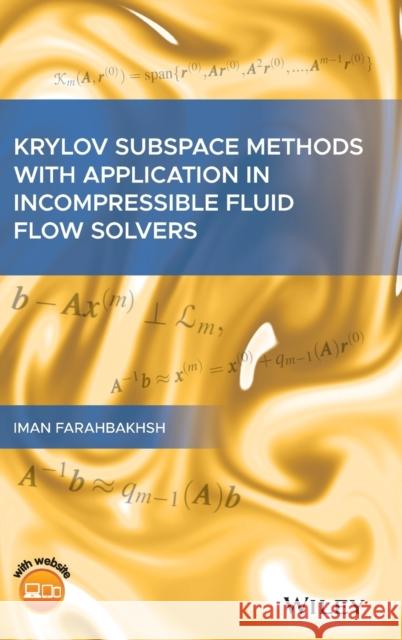Krylov Subspace Methods with Application in Incompressible Fluid Flow Solvers » książka
topmenu
Krylov Subspace Methods with Application in Incompressible Fluid Flow Solvers
ISBN-13: 9781119618683 / Angielski / Twarda / 2020 / 256 str.
Kategorie:
Kategorie BISAC:
Wydawca:
Wiley
Język:
Angielski
ISBN-13:
9781119618683
Rok wydania:
2020
Ilość stron:
256
Waga:
0.50 kg
Wymiary:
23.11 x 15.49 x 2.03
Oprawa:
Twarda
Wolumenów:
01
Dodatkowe informacje:
Bibliografia
Wydanie ilustrowane
Wydanie ilustrowane











